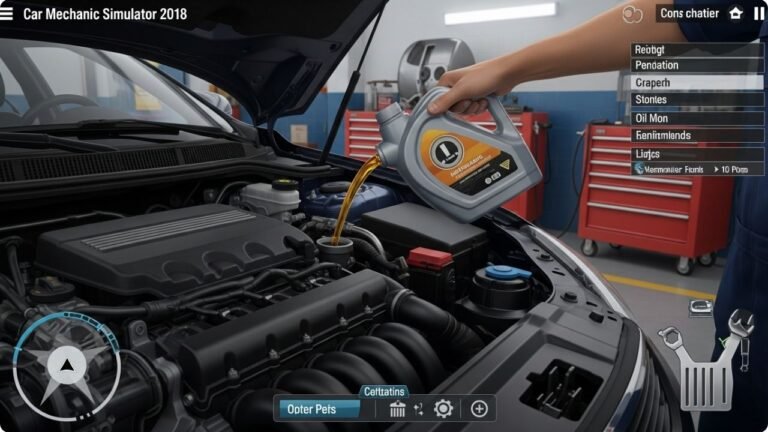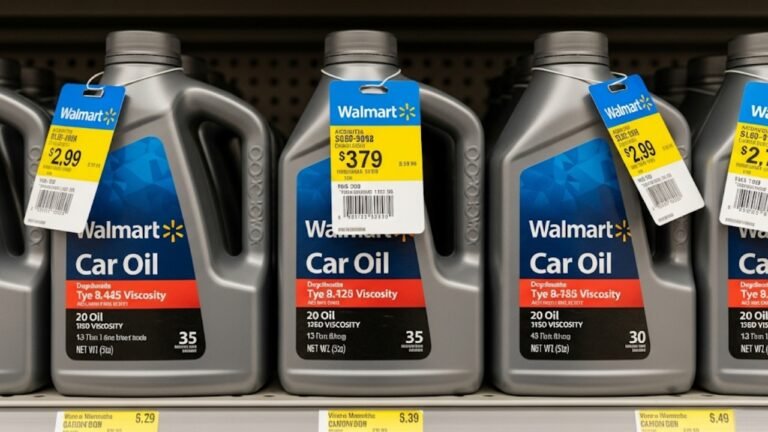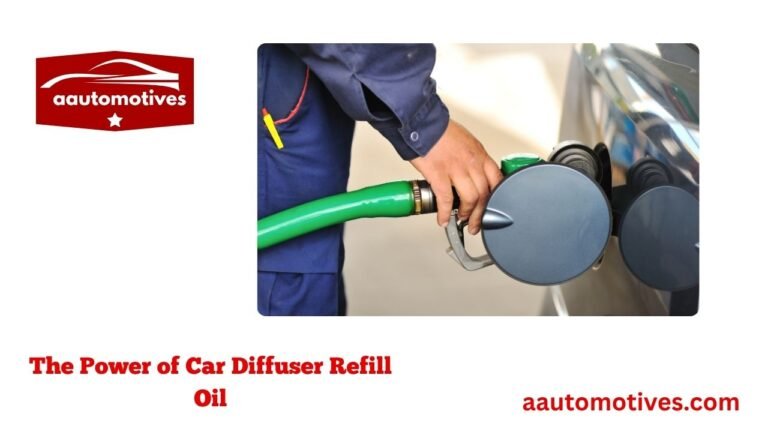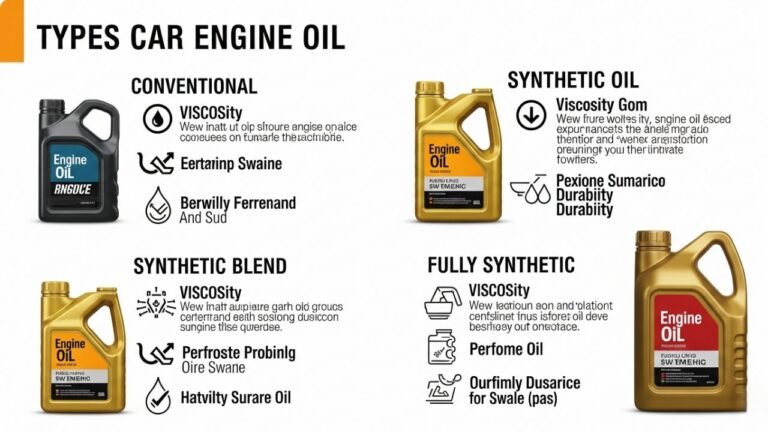the Oil Seal for Electric Car Systems
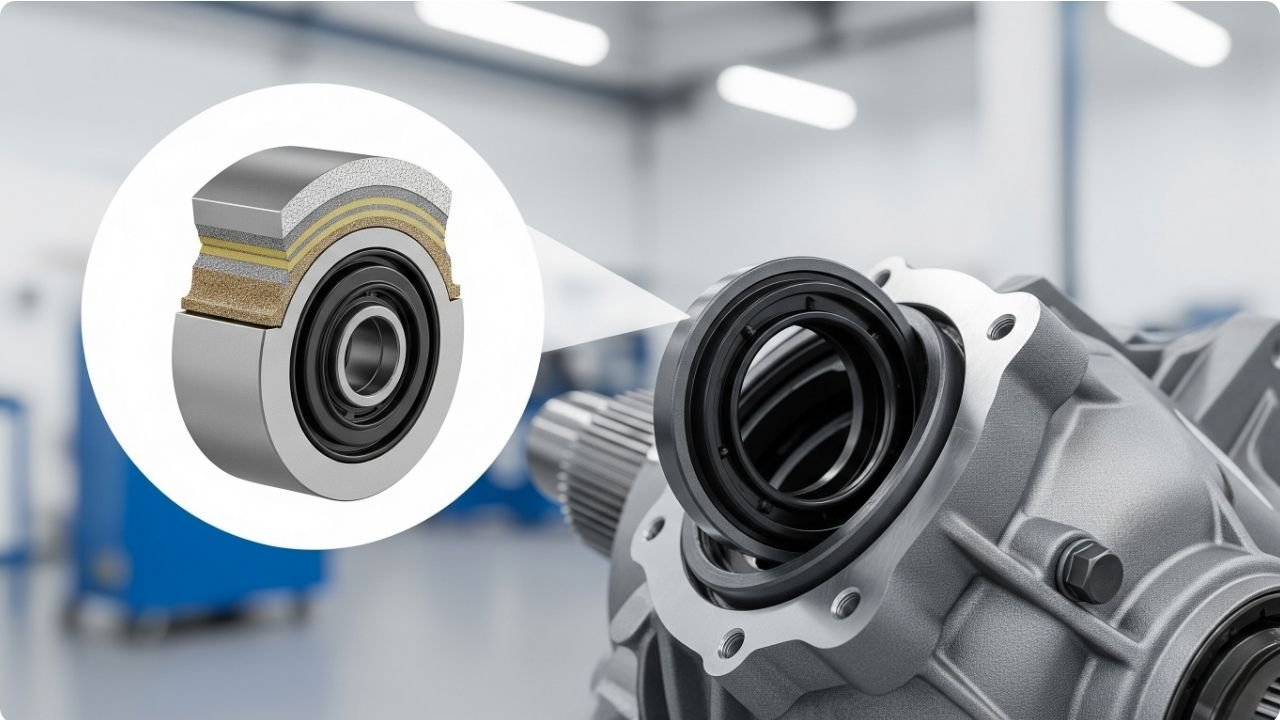
Electric vehicles (EVs) are reshaping how we move. They’re quiet, efficient, and good for the planet. But did you know that even electric cars still need oil seals? Surprising, right? At first, it might sound odd because we assume that oil belongs in gas-guzzling engines. But here’s the thing—oil seal for electric car systems is still crucial for keeping the vehicle running smoothly.
In this article, we’ll uncover the quiet role these little components play. Think of oil seals as guardians. They keep dirt out and fluids in. They may not make headlines, but without them, your EV could face some serious issues.
We’ll walk through:
- What an oil seal is.
- Why EVs still need oil seals.
- Where oil seals are used in electric cars.
- Common problems when seals go bad.
- How to maintain and choose the right oil seal for an electric car.
- FAQs and real-life tips for EV owners.
So, grab your cup of tea or coffee—this is going to be an eye-opener, especially if you love cars, care about maintenance, or simply want your EV to last.
What is an Oil Seal and Why Does It Matter in an Electric Car?
Imagine your car is a kitchen. The oil seal is like the rubber ring on your pressure cooker lid—it locks the heat and liquid inside, letting the magic happen without spilling. In technical terms, an oil seal (also known as a shaft seal or rotary seal) prevents lubricants from leaking out and keeps contaminants like dust, dirt, and water from getting in.
Now here’s where it gets interesting. While EVs don’t use traditional internal combustion engines, they still have gearboxes, drive units, axles, and cooling systems. And these parts need oil or lubricant to function properly. The oil seal for electric car parts ensures these lubricants stay put.
These seals also stop wear and tear on moving parts. Picture a bicycle chain running dry versus one with proper oil. The difference is clear, right? That’s the kind of stress an unsealed EV component faces. Seals may be tiny, but they protect big investments.
Where Oil Seals Are Used in Electric Cars
Even if your EV doesn’t need engine oil, it still has systems that rely on lubrication. Let’s break it down simply:
Main Components Using Oil Seals:
| Component | Purpose of Oil Seal |
|---|---|
| Electric Motor | Prevents coolant and lubricant leakage |
| Transmission / Gearbox | Keeps lubricant in, dirt and moisture out |
| Drive Shafts / Axles | Seals the bearings and joints |
| Cooling Pumps | Prevents coolant leaks and seals moving parts |
| Inverter Cooling Systems | Protects electronic seals from moisture |
Take the gearbox in an EV. It’s not the same as in a traditional car, but it still needs lubricant. An oil seal ensures that lubricant doesn’t leak out during high-speed operation. It also keeps road dust and water from sneaking in.
Think of it like sealing a jar of pickles. If the seal isn’t tight, air gets in, mold forms, and the whole jar goes to waste. Your EV’s drivetrain works the same way—it needs a tight seal to stay fresh and efficient.
How an Oil Seal Works in an Electric Vehicle
Let’s use a simple metaphor: an oil seal is like a rubber band with a job. But not just any rubber band—it’s smart, tough, and built to take the heat (literally).
An oil seal typically includes:
- An outer casing to stay fixed inside a metal housing.
- A flexible inner lip that touches the rotating shaft.
- A spring-loaded design to keep tension constant.
When your EV motor spins or when you’re driving at high speed, the shaft rotates, and the oil seal holds tight to it. It’s designed to handle pressure, speed, temperature changes, and even vibrations. The goal? Zero leakage.
In EVs, high-speed motors can reach 10,000 to 20,000 RPM. At that speed, even a drop of leaking oil could cause chaos. That’s why the oil seal for electric car systems must be durable, heat-resistant, and precision-fitted.
Types of Oil Seals Used in Electric Cars
Let’s dive into the different types of oil seals. It’s not one-size-fits-all. Each part of an EV may use a specific design:
Common Types of Oil Seals:
- Radial Shaft Seals – Most used in motors and axles.
- Cassette Seals – Great for heavy-duty or high-dirt environments.
- Mechanical Face Seals – For cooling pumps and water-involved systems.
- PTFE (Teflon) Seals – For high-temperature and high-speed needs.
- Magnetic Fluid Seals – Emerging tech for ultra-clean applications.
Each seal must be compatible with EV-specific lubricants, some of which differ from traditional oils. For example, low-viscosity oils used in EVs require seals that maintain contact without leaking under low-pressure situations.
Why Oil Seals Matter More in Electric Cars Than You Might Think
Here’s a little story. A friend of mine bought a high-end EV. It was whisper-quiet, stunning to drive, and perfect for city traffic. But within months, he noticed odd noises when turning. Diagnosis? Contaminated gear lubricant—thanks to a failed oil seal.
This taught us something important. EVs don’t forgive careless maintenance. Their systems are sensitive. A single bad oil seal for electric car components can ruin your entire drive system. It’s not just about performance—it’s about long-term cost.
Electric cars are engineered with tight tolerances. There’s little room for wear. Unlike old-school engines that could take a bit of abuse, EV systems depend on clean, sealed, and controlled environments.
If your motor coolant leaks, it might fry the entire system. If the axle loses lubrication, your quiet ride becomes a grinding nightmare. So, don’t overlook oil seals. They’re not fancy, but they’re essential.
Signs of a Worn or Failing Oil Seal in an EV
Wouldn’t it be nice if car parts sent text messages when they were about to break? Unfortunately, that’s not the case. So, here are some signs you might have a bad oil seal:
- Unusual noises from the gearbox or motor area.
- Puddles or drips under the vehicle.
- Greasy buildup near joints or axle ends.
- Grinding or vibration during acceleration.
- Unexplained drop in EV performance.
Sometimes, the signs are subtle. You might smell something odd or feel a slight wobble. Trust your instincts. If something feels off, get it checked. Most EV owners assume it’s a software issue—but it might be mechanical. It could be a failing oil seal for electric car systems letting fluids leak out.
Maintenance Tips: Keeping Your Oil Seals in Top Shape
Good news: maintaining oil seals isn’t rocket science. But it does require attention. Here’s how to make sure they last:
Tips for Oil Seal Health:
- Check under your EV regularly for leaks or oil stains.
- Clean around axles and shafts to avoid dirt buildup.
- Don’t delay professional inspections—especially before road trips.
- If your EV gets serviced, ask the mechanic to inspect the seals.
- Avoid deep water or muddy terrains unless your vehicle is rated for it.
Bonus tip: If you live in a hot climate like Dhaka or Chattogram, be extra mindful. Heat wears seals faster. In colder zones, seals can become brittle if not properly lubricated.
How to Choose the Right Oil Seal for Your Electric Car
Choosing the right oil seal for electric car systems isn’t just about buying the most expensive option. It’s like buying shoes—you need the perfect size, fit, and purpose. An oil seal must match the part it’s designed for and the environment it will work in.
Here’s a personal example. I once helped a friend replace the axle seal on his compact EV. He bought a generic one online—looked fine at first. But it wasn’t built for the heat levels in his vehicle’s powertrain. Within a month, it started leaking. A few drops turned into a full puddle.
Checklist for Choosing the Right Oil Seal:
- Match the size exactly – Check your vehicle’s manual or consult the manufacturer.
- Material matters – Use high-temp rubber like FKM (Viton) or PTFE for motor seals.
- Check chemical compatibility – Make sure the seal resists the specific lubricant or coolant.
- Pressure resistance – For systems under pressure like coolant pumps, use reinforced seals.
- Speed rating – The seal should tolerate the shaft’s RPM.
If you’re unsure, talk to a service engineer or a mechanic who knows EVs. And never assume a seal from a gas-powered car will work the same in an EV—it won’t.
Buying Guide: Materials and Manufacturers You Can Trust
Not all seals are created equal. Here’s where your money matters. A low-quality seal might save you a little today, but it can cost you a lot later.
Popular Materials for Oil Seals in EVs:
| Material | Best For | Durability |
|---|---|---|
| Nitrile (NBR) | Low-temp, general purpose seals | Moderate |
| FKM (Viton) | High-temp motor or gearbox environments | High |
| PTFE (Teflon) | High-speed shafts, chemical resistance | Very High |
| Silicone | Cold weather, flexible seals | Moderate |
| Polyacrylate | Heat and oil resistant | Medium |
Stick to OEM (original equipment manufacturer) seals or well-known brands like SKF, NOK, Timken, or National. These companies test for EV compatibility. If the seller can’t tell you the speed or heat rating—walk away.
And yes, it’s tempting to grab the cheapest seal on an e-commerce site, but it’s like using a plastic spoon to fix a car—it’s just not made for that.
Common Mistakes to Avoid With Oil Seals in Electric Cars
Sometimes, EV owners—especially new ones—make simple mistakes with oil seals. Let’s make sure you don’t fall into that trap:
Top Mistakes:
- Using the wrong size – “Close enough” doesn’t cut it.
- Overlooking the seal during routine checks – Out of sight shouldn’t mean out of mind.
- Installing without lubrication – Dry install leads to early failure.
- Ignoring symptoms of leaks – A small stain could mean a big repair later.
- Reusing old seals – Once removed, always replace.
One more thing—when you remove an oil seal, inspect the shaft too. If it’s scratched or worn, even a new seal won’t fix the problem. It’s like putting a new bandage on a broken bone—won’t help much.
The Future of Oil Seals in Electric Cars
The world of EVs is moving fast—pun intended. And oil seal for electric car designs are evolving right alongside. As EV motors become faster and more compact, the demand for precision sealing increases.
Future Trends to Watch:
- Smart Seals – Seals embedded with sensors to detect leaks or wear.
- Magnetic Fluid Seals – Used in ultra-clean systems like Tesla’s next-gen motors.
- Graphene-Enhanced Materials – Promising better heat resistance and durability.
- Eco-Friendly Seal Manufacturing – Recyclable and low-carbon materials.
Companies are also exploring frictionless sealing technologies that could eliminate the need for traditional seals altogether. Imagine never needing to replace a seal for the life of your vehicle!
We’re not there yet—but in 5-10 years, your car might just tell you “Hey, your axle seal is 20% worn.”
FAQs About Oil Seal for Electric Car
1. Do electric cars really need oil seals?
Yes! While they don’t use engine oil, they still have gearboxes, drive units, and cooling systems that require sealing.
2. How often should I replace oil seals in an electric car?
Usually every 80,000 to 150,000 km depending on usage, climate, and the part. Some may last longer if well-maintained.
3. Can I replace an oil seal myself?
If you’re handy and have the tools, yes—for simple areas like axle seals. But for motor or inverter seals, it’s best left to professionals.
4. How do I know if an oil seal has failed?
Watch for leaks, odd noises, or vibrations. Visual signs around axles or under the car can indicate a bad seal.
5. Is oil seal failure common in EVs?
Not very common if the vehicle is well-maintained. But if it happens, it can lead to major issues quickly.
6. Are EV oil seals different from those in fuel cars?
Yes. They are often designed to tolerate higher speeds, temperatures, and thinner lubricants used in EVs.
7. What happens if I ignore a leaking oil seal in my EV?
You risk damaging key components like the gearbox, axles, or even the motor. This could lead to expensive repairs.
8. Are there EV-specific brands for oil seals?
Some brands now cater specifically to EVs. Look for seals rated for electric drive units and high-speed applications.
Final Thoughts: The Tiny Hero Behind Smooth EV Drives
It’s easy to admire the sleek body, quiet hum, and smart screens in an electric vehicle. But behind all that glam is a tiny, often-overlooked component—the oil seal for electric car.
This small part plays a huge role. It keeps fluids where they belong. It shields your motor and gears from grime. And it silently helps you enjoy that smooth, noiseless drive through city traffic or down country roads.
So next time you take your EV for a check-up or notice a little spot in your driveway, remember this humble hero. Taking care of it could save you thousands—and a lot of stress.



